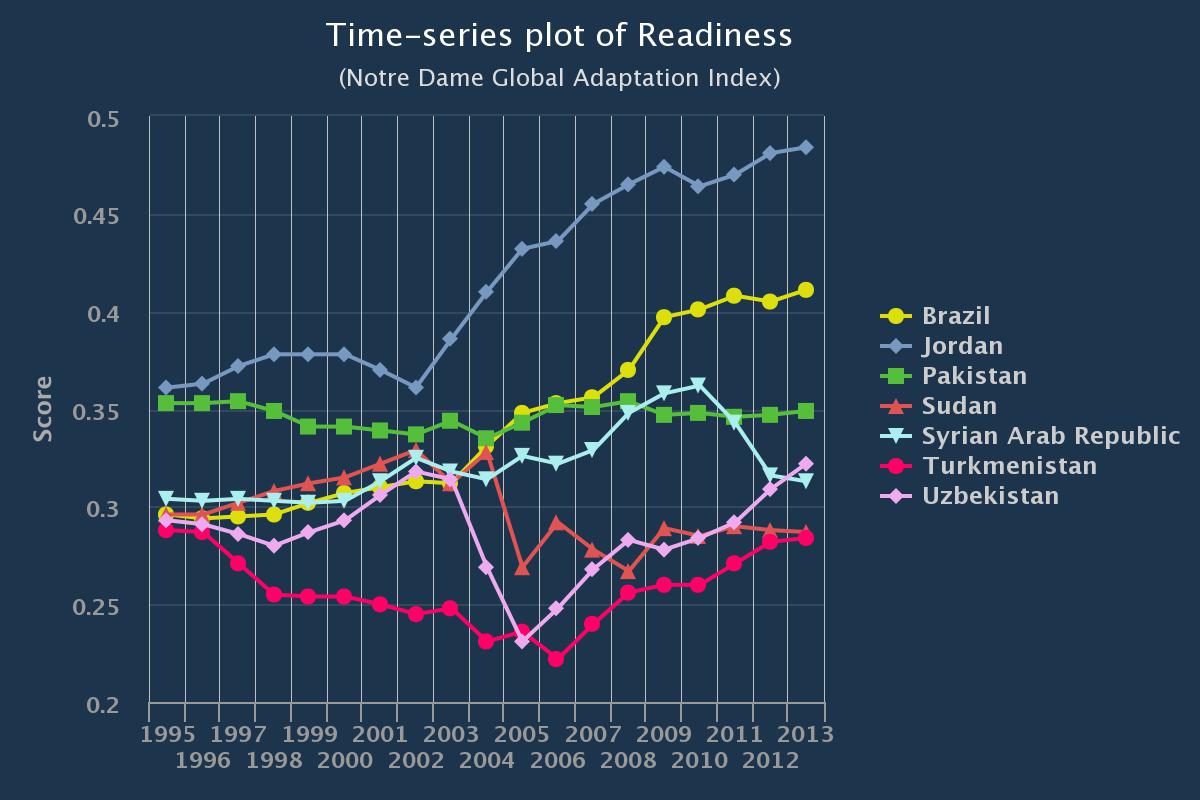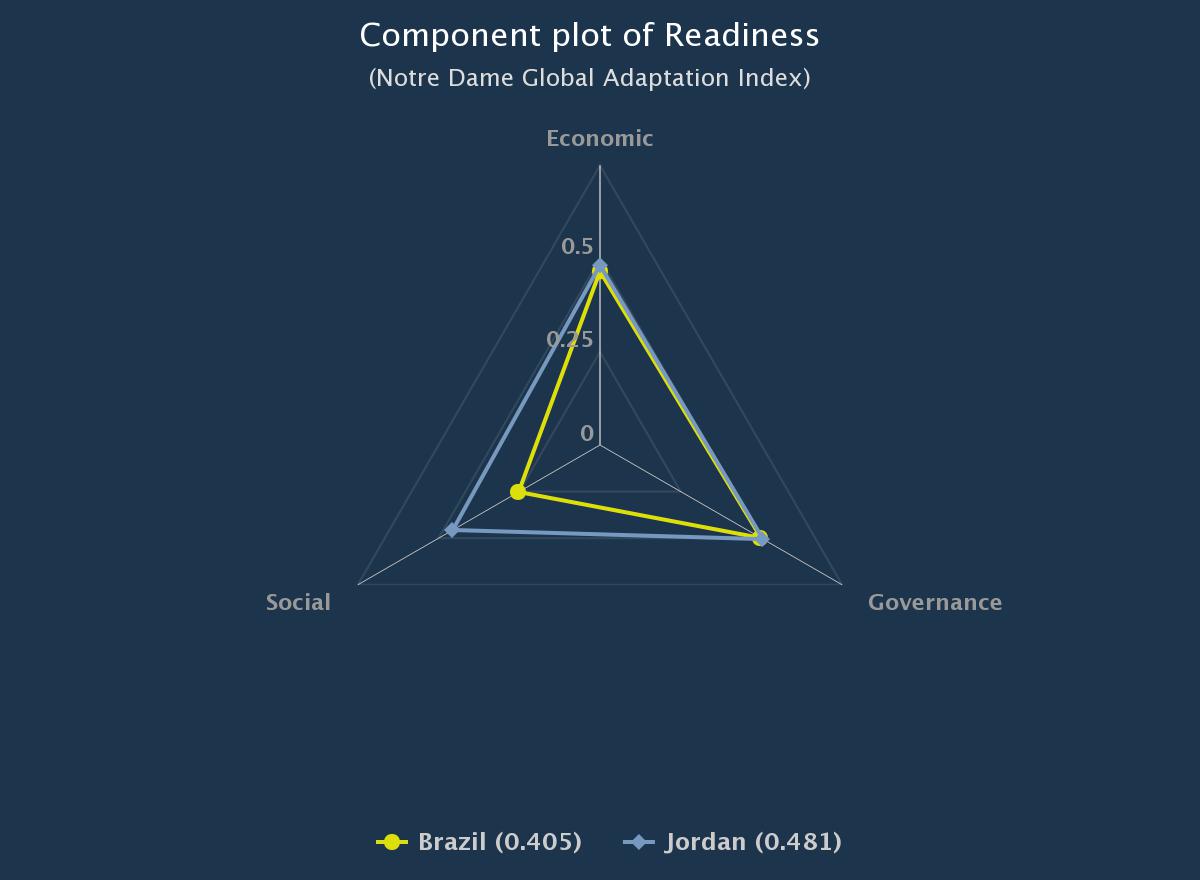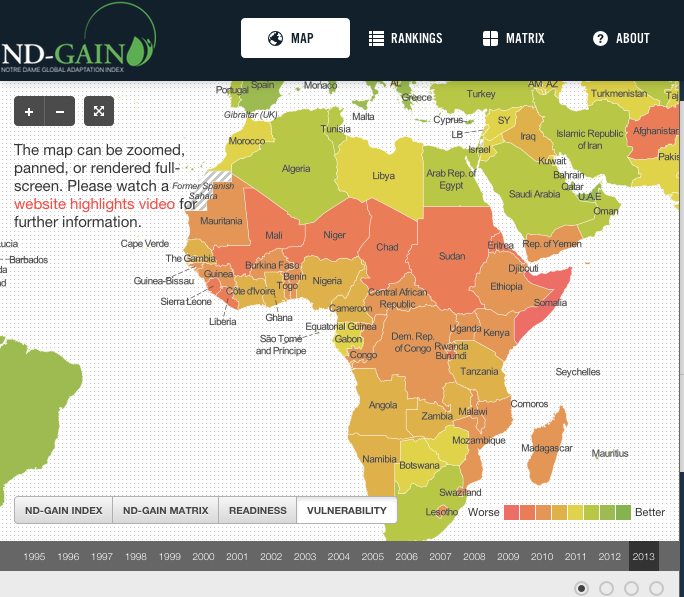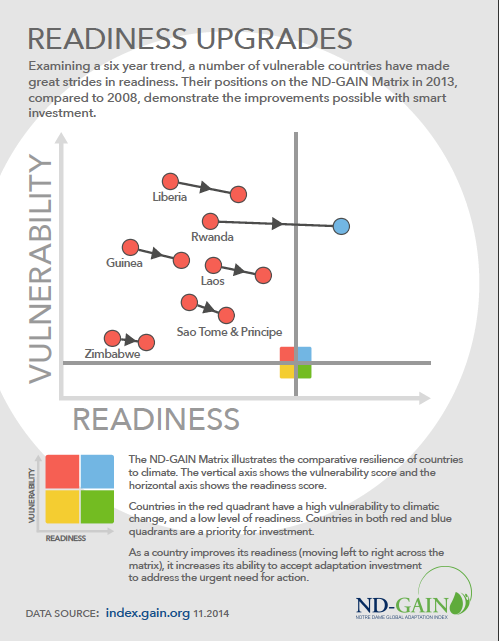More frequent and severe droughts triggered by climate change place significant stress on the regions of the globe already most arid. That’s why South Pole Carbon and HSBC India, in partnership with JBF, are working to empower and bring purified water to locals in Africa and Asia. These two unique projects were entered in our 2014 Corporate Adaptation Prize Contest.
South Pole Carbon
South Pole Carbon’s International Water Purification Programme (IWPP) facilitates investments in clean drinking water to boost both climate-change mitigation and adaptation:
- South Pole Carbon provides poor families with a reliable source of clean drinking water, thus enabling individuals and communities to become more resilient against climate change.
- It reduces CO2 emissions by ensuring people don’t have to boil their drinking water.
South Pole offers companies the opportunity to invest in individual projects under the IWPP and to generate adaptation and mitigation benefits, measured in liters of clean drinking water provided and in tons of CO2 reduced, respectively. Under the IWPP, companies can achieve their Corporate Social Responsibility targets while gaining measurable benefits.
Here are the scores and trends of South Pole’s target countries, according to the 2012 ND-Global Adaptation Index:
- Mexico: 59 (trend: stable)
- Cambodia: 133 (trend: improving)
- Uganda: 137 (trend: stable)
- Malawi: 136 (trend: improving)
- Tanzania: 140 (trend: improving)
- Kenya: 153 (trend: stable)

Source: South Pole Carbon
HSBC India & the Jal Bhagirathi Foundation
In conjunction with Jal Bhagirathi Foundation (JBF) in India, Hongkong and Shanghai Bank Corporation (HSBC) builds community leadership and leverages innovations to contribute to climate-change adaptation success through potable water harvesting projects in India. As a global commercial bank, HSBC has executed three community-based adaptation projects in Rajasthan’s Marwar region—the world’s most densely populated arid zone. JBF is a nongovernment organization that has been working in the Marwar region of the Thar Desert in Western India since 2002.
Since 2009, the partnership has built on traditional local knowledge and contemporary social and technical innovations to develop, test and replicate adaptive strategies through management of natural resources, especially water.

Source: HSBC India
India ranked 120th on the 2012 ND-Global Adaptation Index with a score of 53.4. Its high vulnerability score and low readiness score makes it the 55th most vulnerable country and the 60th least-ready country. Its advancement by 10 points on the relative ranking since 1999 indicates the impact that corporate investment can make on resilience.
HSBC and JBF seek to improve the adaptive capacity and resilience of local communities:
- Available potable water year round through localized water harvesting and landscape management enlivens communities.
- Women who earlier fetched water from long distances in extreme desert conditions are saved from the physical stress, and they can use the saved time and energy for children’s education and development and economic activities that increase family income.
- Accessible toilets and safe sanitation facilities prevent fecal contamination of scarce water and improve public health, hygiene and environmental conditions.
Key variables are being tracked, including the increased availability of drinking water, the extent of sanitation and the impact on women’s time. On average, each village achieves a 30 percent improvement in water availability annually, translating into an additional 4-to-5 months of water availability per year. The extent of sanitation has increased to 50-to-70 percent from 6-to-25 percent since 2009. This adds 2-to-3 hours of productive activities for the average woman.
Consequently, HSBC and JBF generate an array of benefits to its communities in India:
- Health improvement through access to safe water and sanitation
- Women empowerment
- Education and child development
- Livelihood security
- Environmental sustainability
Because the integrated village-models are replicable and scalable in line with India’s national water policy framework, HSBC plans to expand its project in the Marwar region to other water-stressed regions in India, through collaboration among its NGO partners.
Visit the Jal Bhagirathi Foundation website for more of the partnership’s projects in India.
This information was compiled with the help of Sophia Chau, Intern, ND-Global Adaptation Index.















